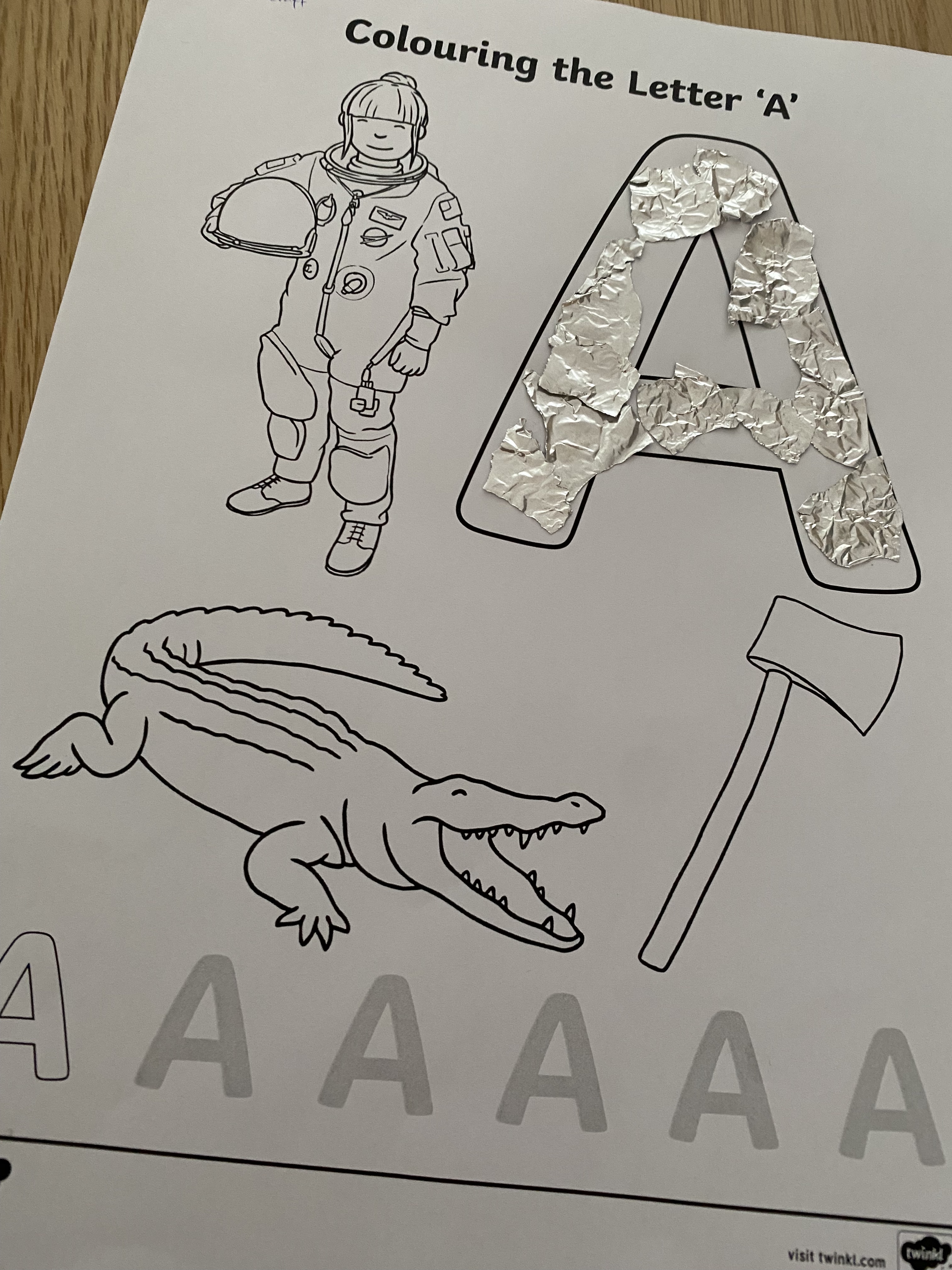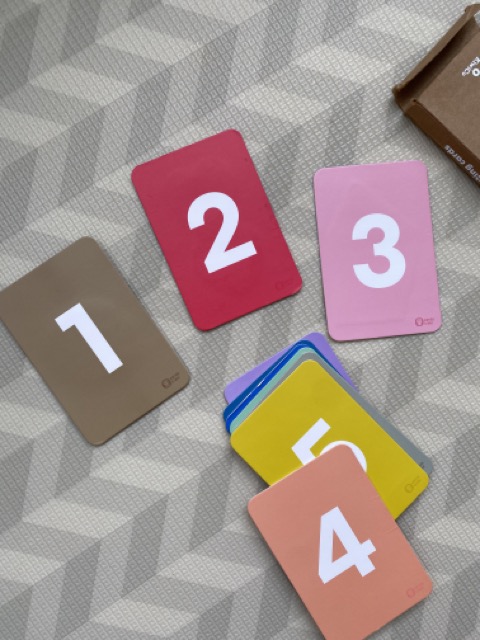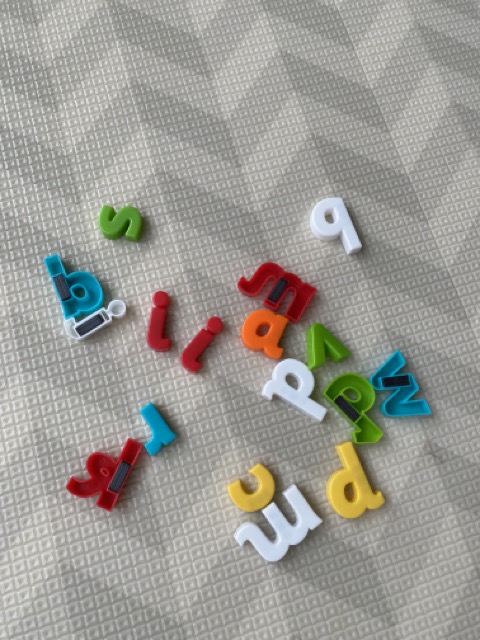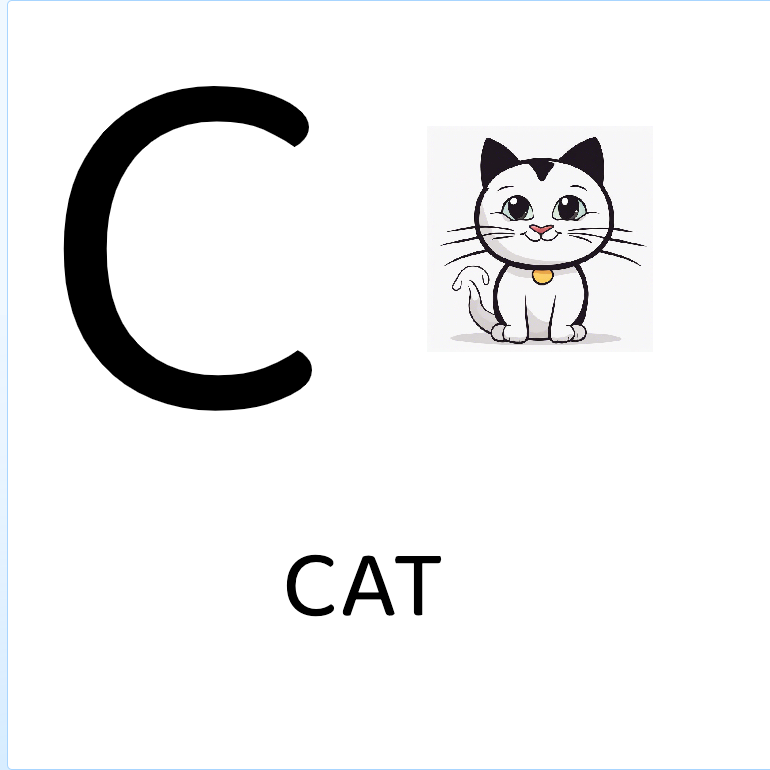Teaching A Two Year Old To Read With Alphabet Flashcards

What's the best age to start teaching a toddler to read?
If you're looking for a rigorous, scientific answer to that question, then you're probably going to be disappointed with the rest of this post. I'm sorry, I don't have an answer.
What I can do, though, is share my own thinking behind starting to actively teach my son to read from his second birthday onwards.
In 12 months' time, maybe I'll have a better opinion as to whether this was too early, too late, or just right.
I hope you find this interesting! You may wish to check in regularly to see how we are both progressing.
His Starting Point
I'll start by giving you a rough idea of the level he's starting from.
I'm sure every toddler is different, so this should give you an idea of the baseline I'm using to gauge his progress.
For a couple of months now, one of his favourite activities when we're out and about is to point and shout the numbers we see on lifts, apartments, shops and the like. He's been able to reliably read the numbers from 1 to 9 now, though his pronunciation isn't perfect.
I've also been writing some letters and numbers on a little toy blackboard, so he can also recognize "Mama" and "Papa".

His teachers at childcare have also started introducing letters and numbers, and he can comfortably say "A", "B" and "C".

He has also been able to say the words apple, banana and melon when reading this particular book, though he is probably just repeating the sound based on the image, not the word itself.

The plan
As you can see, he has been practising basic letters and words for a couple of months already, both at home and at childcare.
But this was fairly haphazard, it definitely wasn't a regular or planned occurrence.
For example, once or twice per week, I might decide to run through the number flashcards we had bought.

Or sometimes I might dump the magnetic letters on the ground, and ask him to collect the As or the Os.

His second birthday felt like an appropriate point to take a more systematic approach to teaching letters and words.
I decided to make it my goal to try and practise at least a handful every day.
I wasn't going to push him if he wasn't interested, and I wouldn't set a concrete target for the number of cards to get through. After all, he's only two years old!
But I felt that a daily routine would be beneficial. My son would be exposed to some good early habits, and I would also start training to make myself available to commit to his education.
Should we teach letters or words first?
There's a few different ways for teaching toddlers to read - for English, at least. Other languages are a different story - I hope to cover that in a future blog post.
Should children learn to read individual letters first, or should they learn by reciting whole words?
Alternatively, is it better to simply ignore the written alphabet to begin with, and focus exclusively on images and spoken words?
To reiterate, I can't answer that question. All I can do is share the approach that I decided to start with, which is teaching my son to read/recite single letters.
My thinking was that these are (graphically speaking) simpler than words, so they are a good stepping stone along the way to learning whole words.
At the same time, I wanted to gently introduce my son to the idea that letters are used to make words.
In the end, I decided that we'd first try alphabet flashcards - a big bold type for each letter of the alphabet, with a colourful image and a smaller sized word.

To begin with, I would point to the letter, speak it aloud, wait for him to repeat, then recite the word while pointing to the image.
Is this the optimal way to learn to read, either for my son specifically, or for children in general? Again, I can't say. But in the absence of a better place to start, that's the approach I took.
Alphabet flashcards
I could have bought a commercial deck of flashcards at a children's book or toy store. We actually already own a (bilingual) set, though it's looking a bit ragged.
I decided not to buy something off-the-shelf; I wanted a bit more control over the progression from letter to words.
For example, I eventually wanted to be able to rotate the words presented for each letter - so in week #1, A for Apple, then in week #2, A for Alligator, and so on.
I had already made an app for designing flashcards with images from Stable Diffusion, so I was able to use this to easily create our first set of flashcards for the letters A through E. Each letter is accompanied by a single word (A-Apple, B-Banana, and so on).

Again, I tried to make the letter the primary focus with the largest font, and I tried to generate the images with a fun style that would resonate with a two year old.
It didn't occur to me until after I designed the first deck whether I wanted to use uppercase or lowercase. I'm going to dwell on that question for a few weeks - hopefully I have some more thoughts then.
The first two weeks
I've been taking him through this first set of flashcards almost every day for the last two weeks.
Admittedly, we did miss a couple of days, when we stayed out too late during the afternoon and didn't have enough time after we got back to fit everything in.
But I feel like we're both starting to fall into a good routine. Immediately after his dinner and shower, but before he winds down for bed, I'll sit down with him on the couch or the floor and run through as many as I think he can handle.
I haven't (yet) developed a strict timetable for which cards I choose, or when.
For the first week, we only reviewed A through E. I started introducing F through M in the second week, and this week I've been running through the rest of the alphabet from N onwards.
So far, he really seems enjoy it! He's actually happy to sit there and run through the whole alphabet. He can reliably recognize the letters up to E on his own, and can usually at least repeat from E to P. He's not quite picking up the letters from Q to Z, but that's not unexpected.
If you're interested, you can run through the same flashcards I'm using for the whole alphabet here.
Too early, too late, or just right?
Was this too early to start teaching him? Too late? Or exactly right? I have no idea!
For now, I'm happy to continue as long as he is. As mentioned above, I won't force the issue, and I'm fine with letting him proceed at his own pace.
That being said, I'm still curious to hear your thoughts or experiences with your own children (or even better, some actual research!).
Feel free to leave a comment on our Facebook page if you have any.
Check in soon for more updates!
Nick
